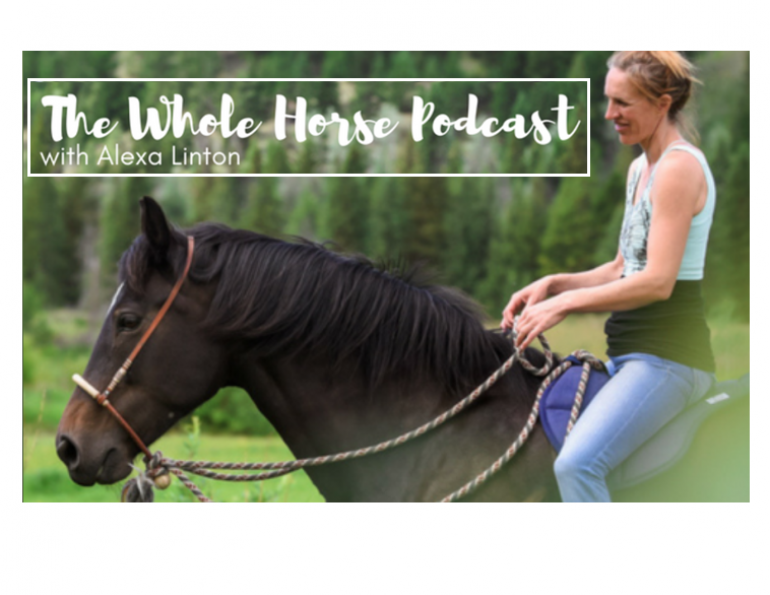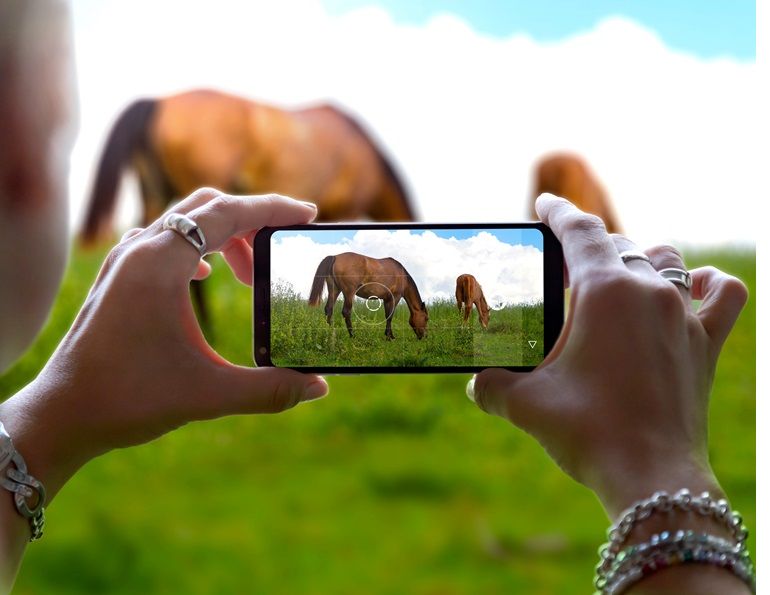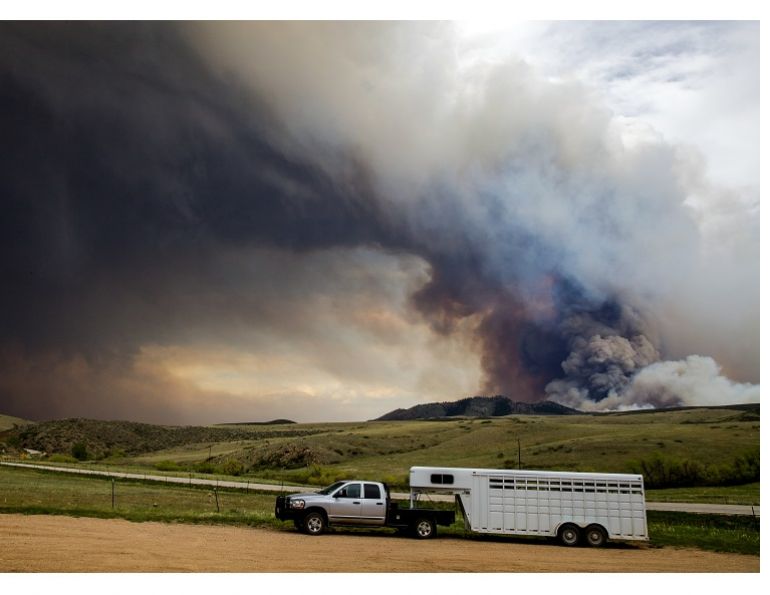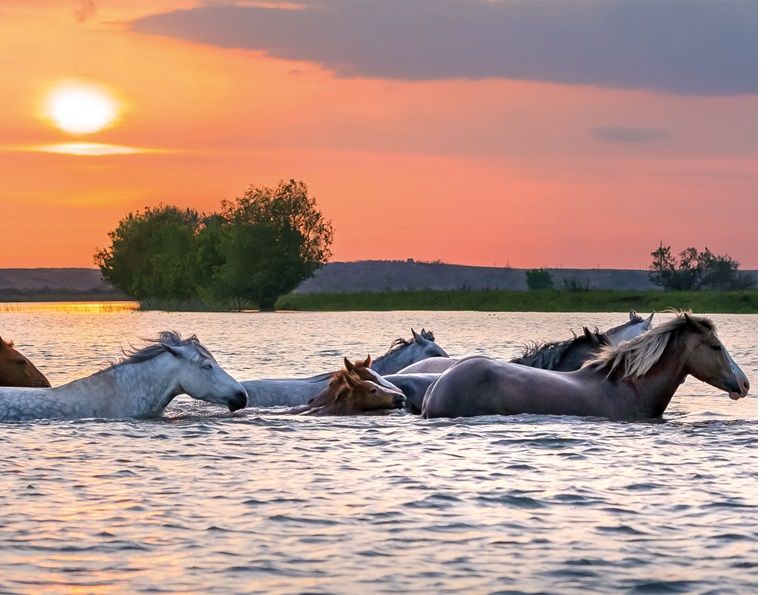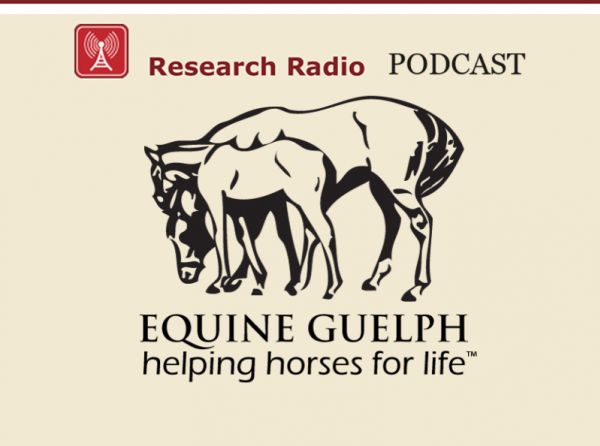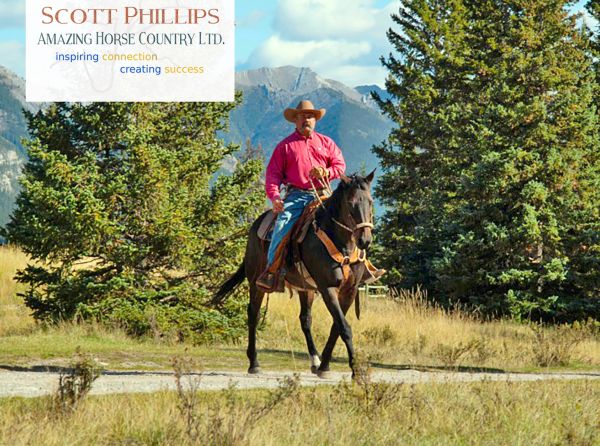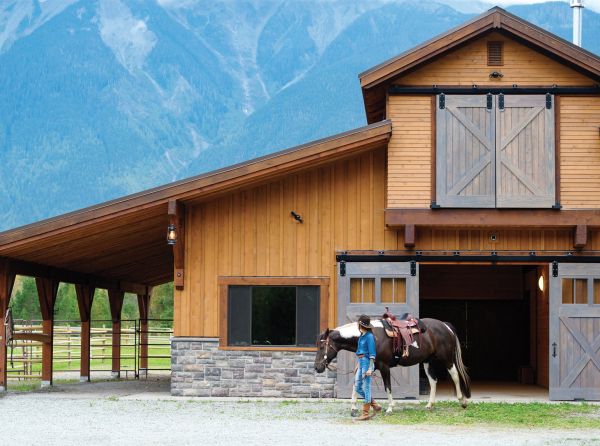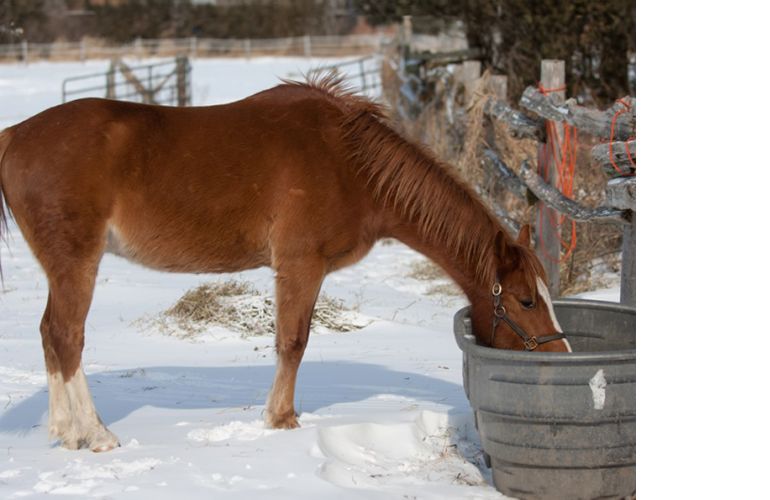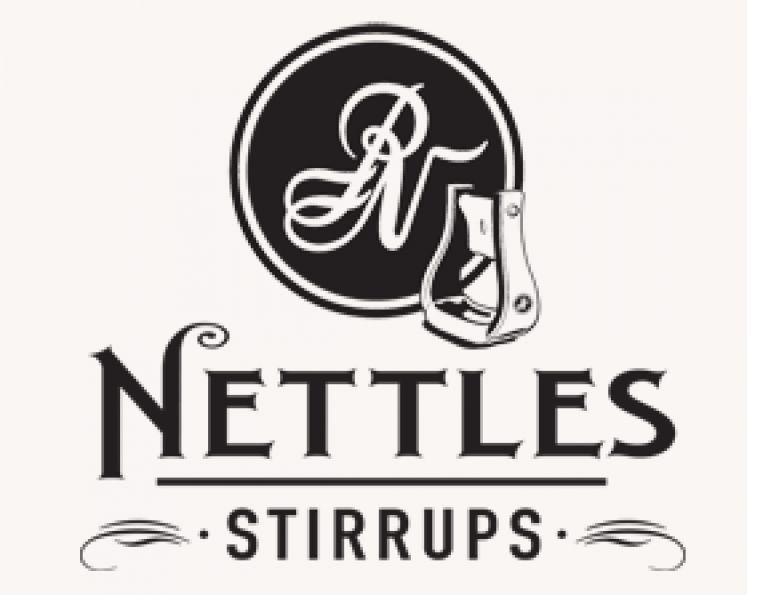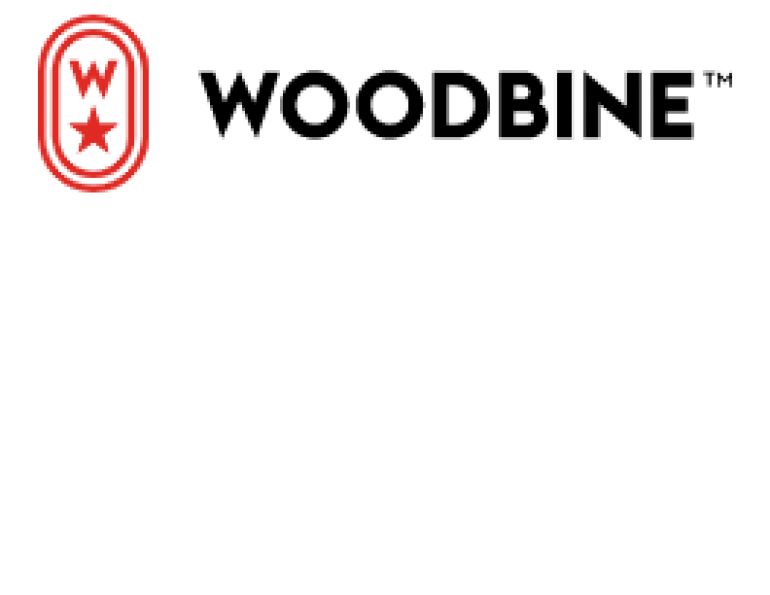6 Ways to Up Your Social Media Game
By Tania Millen, BSc, MJ
Social media can be a terrific tool for equestrians and equine businesses. It can help advance riding careers, attract and keep sponsors, and increase equine business sales.
“Social media is like a creative resume,” says Georgia Ormerod, an equine social media coordinator and owner of Kindageorgiamedia. “If you’re not on social media then you’re missing out on having a virtual sign for your business.”
But there’s a knack to using social media platforms. Setting goals and using intentional strategies that fit the brand you’re representing are key. For personal pages, posts of fabulous holidays and funny pet videos are fine, but they likely won’t help with commercial or sponsorship success. Non-stop sales pitches turn viewers off, too — and take them away from your page. So, before sharing your world with the public, plan how to use social media to advance your goals. That includes knowing your brand, understanding what you’re trying to achieve, and determining how much time and effort you want to spend on Facebook, Instagram, and other platforms.
Here’s what three experts suggest:
1. Stay on brand
“When people see your posts, they should know exactly who you are and what your business does,” says Ormerod.
Social media profiles reflect who you are and who you serve, so spend some time ensuring that your profile is current and clear. Professional photos that present a classy image while incorporating relevant keywords help others discover you when searching. In addition, every business — including individual riders who are their own brand — should have a logo and specific brand colours.
Brands also need values. Values are the ideals that guide your actions, provide brand identity and personality, and help brands connect with like-minded people. The tone used in posts also reflects the brand. Using consistent tone — whether that’s comical, sweet, technical, down to earth, or something else — gives viewers confidence and indicates stability. Ensuring every post is “on brand” is imperative to maintaining followers and building an audience.
2. Set goals
“Social media can help equestrians be influencers or experts, increase online sales, or drive potential clients to a bricks-and-mortar business,” says Kerri McGregor, a social media business strategist who co-owns the digital marketing agency Outrageous Creations.
The goal of an influencer may be to attract other brands, while experts may be seeking followers to increase demand for their expertise. Online businesses use social media to heighten sales or drive business to their online store, much the same as bricks and mortar businesses.
Related: 24 Ways To Increase Your Horse Property Income
Related: Horse Businesses and the Essentials of Public Relations
“There has to be a reason for somebody to follow your social media,” says Ormerod, “and there needs to be a reason for people to keep coming back.”
Before worrying about what to post and how often, determine what you want to achieve and set goals for success.
“Goals will direct the content you choose to post, whether you want to grow your audience, increase engagement, or generate lots of ‘shares’ to reach a wider audience,” says McGregor.
3. Choose content
Three of the most successful types of social media posts are those that share success stories; educate or inform potential clients; and network or connect with other equestrians, businesses, and sponsors.
“Personal stories and behind-the-scenes videos get the most traction,” says McGregor. Providing something that people don’t see elsewhere, particularly something that offers a peek behind the curtain of someone’s personal life or business, grabs attention.
“The key is to post creative content so that people will continue to follow you,” says Ormerod. “Your posts showcase who you are.”
“You want to be authentic,” says McGregor. “No selling, no long blocks of text, and no crappy photos.
“Pay attention to what grabs you on social media,” McGregor continues. “That will probably appeal to others, too.”
McGregor also suggests making posts fun, trying out new ideas and embracing new social media platform features when they first come out. Following trends that have already started can attract attention, too. If there’s a challenge that everyone is trying to do and it fits your brand, give it a go. All the better if the result is a unique, funny video that engages viewers.
Staying on brand is key. Regular followers like to know what they’re going to get. For example, if viewers expect educational pieces about training horses, then post about that, not riding fashion or what you ate for dinner.
“Following platform metrics will help identify what your audience likes, then you can do more of that,” says McGregor. “Social media platforms reward content that attracts people to the platform and keeps their attention.”
4. Schedule
McGregor suggests posting between once and three times per week — whatever you can realistically manage and stick to.
“There’s no magic to the ‘right’ number of posts,” says McGregor. “The biggest thing is to figure out a schedule where you can post consistently. That builds trust with your audience, helps attract sponsors, and is rewarded by platform algorithms over frequency.”
“You don’t want to just post for the sake of posting,” says Ormerod. “You really have to think about why somebody would interact with your post.”
Good quality content is more important than how often you post.
Related: Listen Up - Podcasts for Horse Lovers
“It’s generally recommended to post on Instagram two or three times per week and no more than once per day,” says Sarah Mellings of Equestrian Online Media, adding that one post per day on Facebook is enough. “Some studies have found a drop in engagement if you post more frequently.”
5. Attract and keep sponsors
Sponsors expect return on investment and part of that return can come from social media posts and interactions with the horses, riders, and events they sponsor. Those seeking sponsorship can use social media to develop relationships with potential future sponsors.
“The best way to get the attention of potential sponsors is to provide user generated content,” says McGregor. “Start creating content that showcases their brand, then tag the company in your post so that they can share your post on their feed.”

Riders can connect with potential sponsors on social media by showcasing their brand, then tagging the company in the post so they can share the post on their feed. Photo: Shutterstock/AnnaElizabeth Photography
Businesses are always seeking content that will attract viewers. If you can provide potential sponsors with free content, you’re showing them what you can do before potentially approaching them for a sponsorship deal. It’s also important to engage on a potential sponsors’ posts. Plus, sharing content from brands that you want to partner with is another good way to show your interest in their business.
Related: Equine Entrepreneur 101
Related: How to Be a Better Barn Boarder
“Don’t direct-message a potential sponsor unless you’ve already posted about them or their product, and engaged with them on their posts,” says McGregor.
Additional guidelines that McGregor follows for attracting and keeping sponsors, include:
- Only seek out potential sponsors whose brand values are compatible with your own.
- Use high quality photos and video in posts (Instagram suppresses posts with low quality images).
- Tell stories. For example, show the product in use and talk about how it’s helping the horse or rider.
- Use calls to action. Share a discount code that a sponsor provides or a sale that a potential sponsor is advertising. Promote sponsor giveaways or contests.
- Only use hashtags that are highly relevant to the post, and which match the words in captions.
- Eight seconds is the ideal length for reels. They should be short and snappy for behind-the-scenes or fun activities, and longer for educational content. Reels must capture attention in the first second, so clip videos tightly.
These guidelines apply to those who already have sponsorship deals, too. Sponsors are always looking for content that promotes their products in fun, educational, and authentic ways. In many cases, equestrians who are using a product or service are the best people to provide that content, so there’s lots of opportunity to partner with like-minded brands.
6. Invest in expertise
Getting your social media brand, goals, and strategies right can be a lot of work and not everyone has the time, desire, or know-how to use social media to their advantage. If you’re feeling overwhelmed, there’s help available. Equine-savvy social media mavens help brands maximize their presence on social media platforms by developing strategy, helping set goals, writing content, creating images, and putting together reels and video. According to McGregor, social media consultants charge $100 to $500 per hour, or can provide all-in-one full-service options for $1,000 to over $2,000 per month.
Of course, not every social media consultant is perfect for every brand. Shopping for a consultant is a bit like searching for potential sponsors. Do you like their social media? Does their brand meet your values? Do you get the right vibe from their pages? Do you “fit” their clientele? A simple one-hour consulting session should help ascertain whether they’re the right individual or company for your brand to hire. Hiring professionals may be costly but it will free up time to work on other aspects of your brand, plus help you achieve your goals.
Just don’t ignore the problem and pretend you don’t need social media. It’s a necessary part of doing business today and savvy brands — including individual riders — are using it to their advantage. Platforms enable equestrian individuals and businesses to link and connect across the globe, helping them reach international viewers, potential sponsors, and customers who might never hear of them otherwise. It’s an electronic world of networking and collaboration with endless opportunities for those who know how to use it effectively.
If you need help, reach out to these experts.
Related: 10 Tips To Help You Build a Better Barn Business
Related: Social Media Reels - a How-To for Equestrians
Main Photo: Shutterstock/Ma-Photo





